Welcome to Open Exchange
At InterSystems, we deeply appreciate the rapid innovation enabled by open-source development. Our team acknowledges the significant impact of the community's dedication, which has been a driving force behind the evolution of software and data technology.
Top contributors
Featured applications


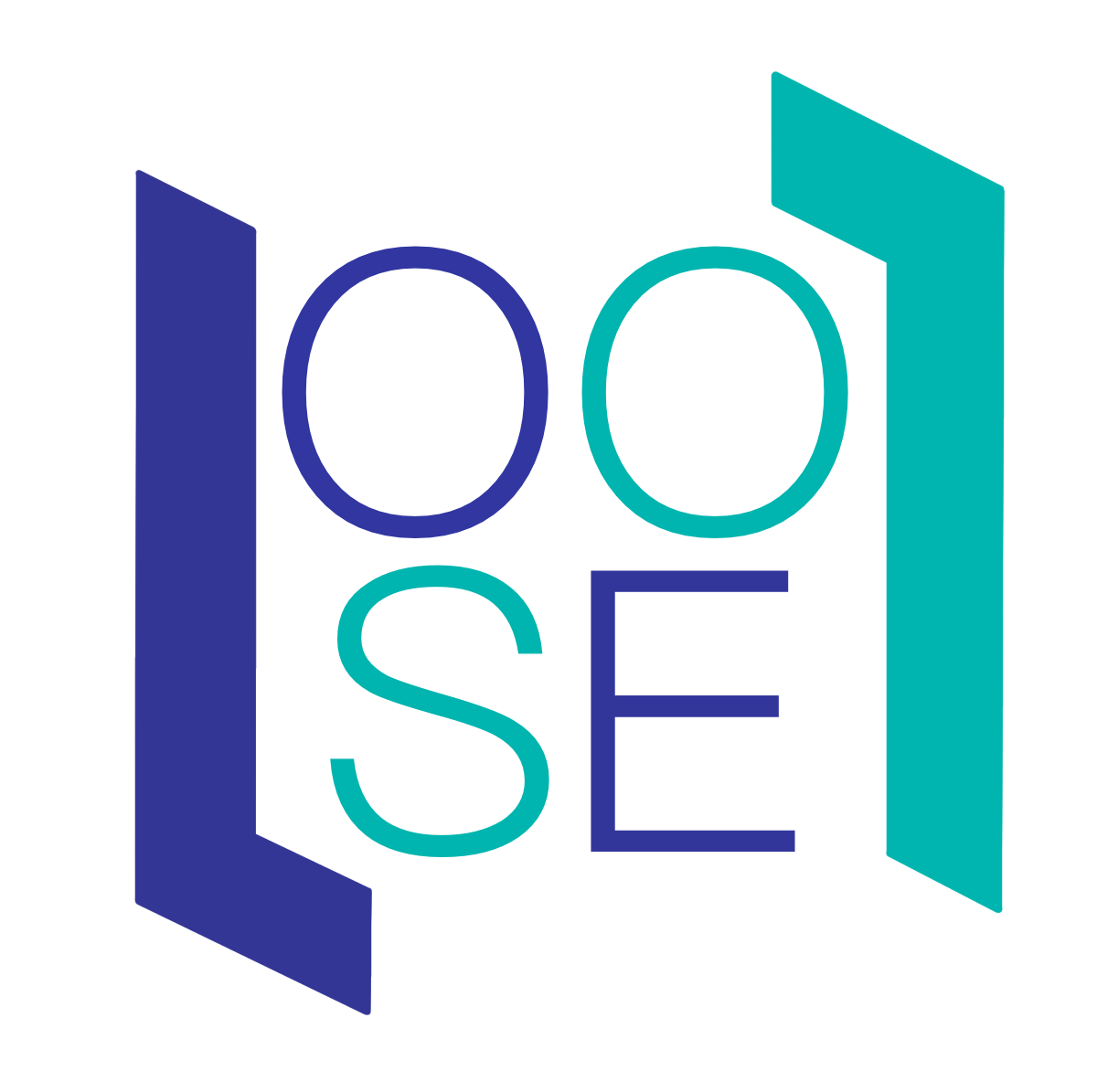

 Filter
Filter






| Application Name | Developer | Made with | Rating | Last updated | Views | Installs |
|---|---|---|---|---|---|---|
 Visualizing the data jungleVisualization tools and analysis of time series data | F | 3.0 (1) | 01 Jun, 2018 |  310 310 | ||
 BridgeWorks WebReportsWeb based reporting and dashboard platform | 0.0 (0) | 26 Aug, 2024 |  661 661 | |||
InterSystems Ideas Waiting to be ImplementedRPMShare - Database solution for remote patient monitoring (RPM) datasets of high density vitalsWhy Currently, patient home monitoring is a megatrend, promising to reduce readmission, and emergency visits and globally add years of health. Owing to US 21st Century act and Reimbursement Schedule from Medicare (up to 54 USD per month per patient) US market is flooded with RPM companies (over 100 for sure) providing primary physicians and hospitals the possibility to collect data from patients' homes, including blood pressure, blood sugar, weight, heart rate, and others. Most companies collect and store the data in free formats, creating an "unholy mess" of data, which has a very limited chance to be ever reused. The hospital only gets insights from single patient results as a dashboard concentrating on cases showing vitals going out of normal range. While research by scientific groups and several advanced companies shows that even data of medium accuracy could predict adverse events like heart failure weeks before happening. A project which is able to provide a federated environment for these new types of data, allowing patients and hospitals truly own data, connecting it to classic EHR, and making data readily available for AI/ML, a project like this is poised to conquer the US maket, with other markets following the trend. Who RPM Companies collecting the data will love the solution which will transfer the data from devices using FHIR, provide full security and compliance, and will include a multitude of routine functions for data analysis, and even data representation. They will stop creating hundreds of repositories of similar software code and concentrate on patient success. Hospitals will be able to have their own structured and standardized silos of data, they will have a chance to change RPM providers, and have a history of patient vitals. They will have EHR data and RPM data connected. Dashboards could be integrated into existing EMRs much easier and finally, they will be precious sources of integrated data for research. Patients will be able to reuse their data, have it analyzed by leading health tech companies, and enrich their vitals with even more data from wearables and other devices. Researchers will be able to analyze the data in the same cloud as it is stored, and by anonymizing datasets, with integrated EMR and RPM data, they could potentially assemble unprecedented volumes of data. AI/ML-ready datasets will boost the predictive power of digital health in only a few years from the first implementations of data collection. How HealthShare is already able to store and receive data in FHIR format, minor additions for hl7 standards are to be implemented and accepted by the community. In a way, RPMshare is a mini-version of HealthShare, if designed using an interoperability framework it could even have universal connection standards for existing devices. A secret sauce could be made from the integration of InterSystems solutions in anonymization and the IntegratedML package with RPMshare. To create immediate value and populate cloud service a consortium or partnership with existing RPM companies could be developed, where they will receive benefits of instrumentation and standardization and InterSystems will populate hundreds of thousands of years of observations (assuming companies already have tens of thousands of clients). In simple words, it is an Uber for RPM data. D 6Votes0Comments | ||||||
 WebTerminalWeb-based terminal for InterSystems products. WebTerminal is a flexible tool that can be easily embedded into any other projects, used on mobile devices and vastly enhance the terminal experience with autocomplete, syntax highlighting and more. | Docker IPM | 4.8 (11) | 25 Mar, 2024 |  5.1k 5.1k |  29.2k 29.2k | |
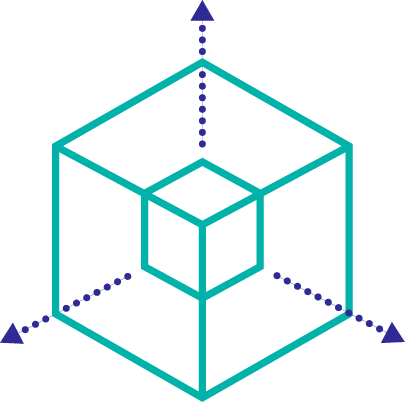 interfaces-diskspace-validationA tool for estimating interfaces disk space and purge validation | N | IPM | 5.0 (1) | 25 Mar, 2024 |  338 338 |  19 19 |
 iris-docker-dev-kitA set of files to facilitate development with InterSystems IRIS using Docker and VSCode | Docker | 4.5 (1) | 15 Mar, 2020 |  337 337 | ||
 Caché Localization ManagerIt is a tool for localization/internationalization/adding multi-language support to a project based on InterSystems Caché©. | G | 2.0 (1) | 20 Feb, 2019 |  197 197 | ||
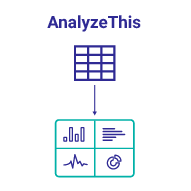 AnalyzeThisEasily transform a CSV file/Table/SQL query into a personalized preview of InterSystems IRIS BI | P | Docker IPM | 5.0 (3) | 20 Jun, 2025 |  1.4k 1.4k |  813 813 |
 rest-api-contest-templateTemplate repository for InterSystems IIRS REST API Programming Contest | Docker IPM | 5.0 (1) | 13 Dec, 2024 |  621 621 |  31 31 | |
 Telegram adapterTelegram adapter for InterSystems IRIS | N | Docker IPM | 5.0 (1) | 20 Jun, 2023 |  638 638 |  52 52 |
 dsw-mapIt is map examples of different regions to render in DeepSeeWeb | S | Docker IPM | 3.0 (1) | 25 Mar, 2024 |  382 382 |  14 14 |
 appmsw-django-adminlteApplication tools for use Django AdminLte | Docker Python IPM | 4.5 (1) | 25 Nov, 2023 |  173 173 |  1 1 | |
 ClassExplorerUML Class Diagram Builder for InterSystems Data Platforms (2014.1+) | IPM | 5.0 (3) | 22 Oct, 2020 |  1.2k 1.2k |  1.7k 1.7k | |
 IRIS-API-TemplateThis is a REST template that can send REST messages to productio | S | IPM | 2.5 (1) | 24 Sep, 2024 |  235 235 |  1 1 |
 RESTFormsUISimple UI for RESTForms based on AngularJS | E | 0.0 (0) | 01 Jun, 2018 |  351 351 | ||
 EnsembleWorkflowRestful web API for InterSystems Ensemble / InterSystems IRIS Workflow | E | Docker IPM | 4.3 (2) | 25 Mar, 2024 |  742 742 |  3.1k 3.1k |
 Notifications ExampleSimple REST API to provide notifications | E | 0.0 (0) | 01 Jun, 2018 |  182 182 | ||
 DeepScanA python-based program interlinked with EMR in HMS via FHIR | S | 1.0 (1) | 27 Nov, 2022 |  170 170 | ||
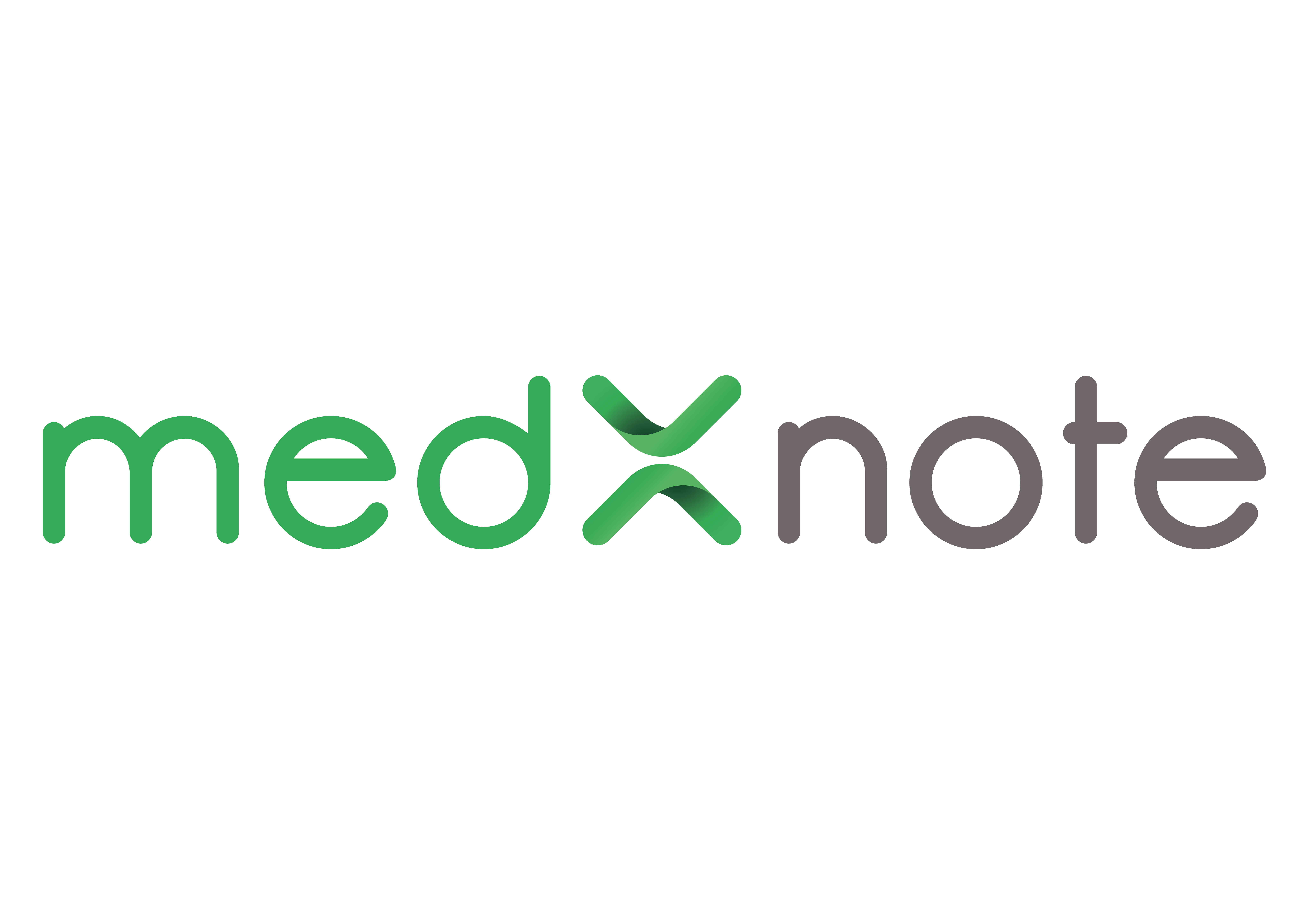 Medxnote MT for TrakCareConnect Microsoft Teams to TrakCare with Medxnote MT Chatbot | N | 0.0 (0) | 17 Jan, 2023 |  397 397 | ||
 CacheGitHubCIContinious Integration for InterSystems Caché and GitHub | E | 0.0 (0) | 21 Aug, 2018 |  336 336 | ||
 workshop-fhir-adapterWorkshop with example of FHIR Adapter | Docker | 5.0 (2) | 12 Oct, 2023 |  395 395 | ||
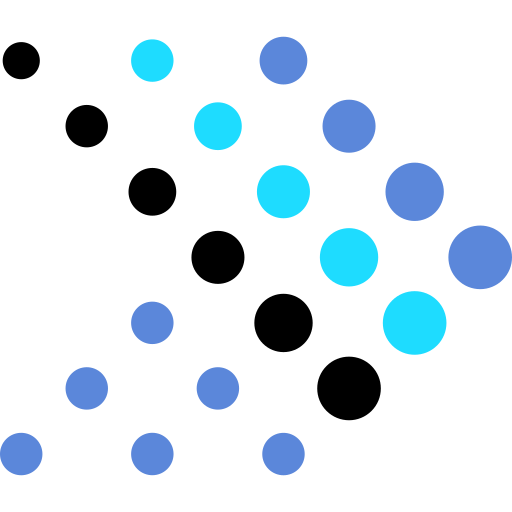 presto-irisPresto InterSystems IRIS Connector | Docker Python | 5.0 (1) | 01 Feb, 2024 |  434 434 | ||
 ConfigSettingsExtractConfiguration setting extractor to a CSV file | K | 4.0 (1) | 29 Dec, 2025 |  36 36 | ||
 CommunityEnsRepository showcasing Ensemble capabilities. | E | 0.0 (0) | 22 Aug, 2018 |  124 124 | ||
 DeepSeeWebRenderer for DeepSee Dashboards in Browser with MDX2JSON as a Serverside and JS web-client | Docker IPM | 4.5 (2) | 27 Nov, 2025 |  3.0k 3.0k |  43.3k 43.3k | |
 isc-iknow-rulesbuilderDemo application to build rule patterns based on sequences of terms to be matched, based on InterSystems' iKnow technology | B | 0.0 (0) | 01 Jun, 2018 |  162 162 | ||
 Cache-Gitter-ArchiverA tiny class for InterSystems Caché that downloads all Gitter's room messages to the archive file. | 0.0 (0) | 01 Jun, 2018 |  141 141 | |||
 isc-iknow-dictbuilderDemo application for data-driven modelling, building or refining a dictionary through exploratory analysis of text using InterSystems' iKnow technology | B | 0.0 (0) | 01 Jun, 2018 |  191 191 | ||
 isc-iknow-extractorInformation Extraction demo app based on InterSystems' iKnow technology | B | 0.0 (0) | 01 Jun, 2018 |  162 162 | ||
 RESTForms projectIt is a generic REST API backend for modern web applications. | E | 4.0 (1) | 23 Aug, 2018 |  286 286 | ||
 Document ConverterConvert documents from InterSystems Cache easily | E | Docker | 5.0 (1) | 19 May, 2024 |  415 415 | |




